I Lost 23 Pounds in 8 Weeks and These Are My Top 10 Tips
Do you want to lose over 20 pounds in less than two months? According to one expert, it may be easier than you think. Blake (@thenutritionnarc) is a diet and fitness influencer with over 415,900 TikTok followers who lost 23 pounds in two months. He regularly shares videos offering insight into exactly how he did it. In a new video, he offers key weight loss tips to help you lose fat. "Here's how I transform my body in eight weeks," he says. Body Network's Resident RDN, The Diet Diva Tara Collingwood, also weighs in.
Hit the Gym
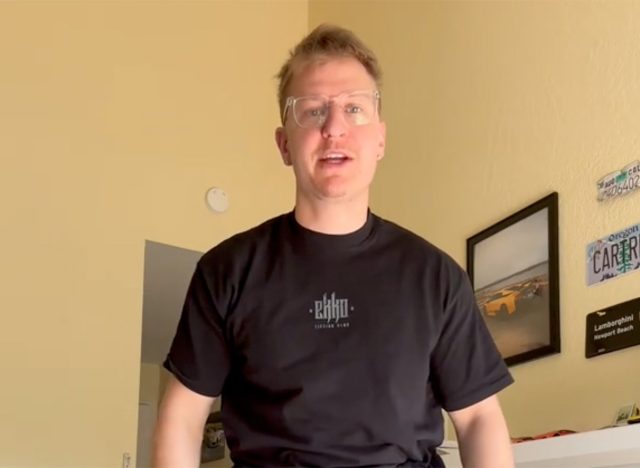
"Number one, start going to the gym," Blake suggests. "Do weightlifting and cardio. This will help not only burn calories, but it'll also increase your muscle mass, which will make you seem less fat."
Cut Out Liquid Calories
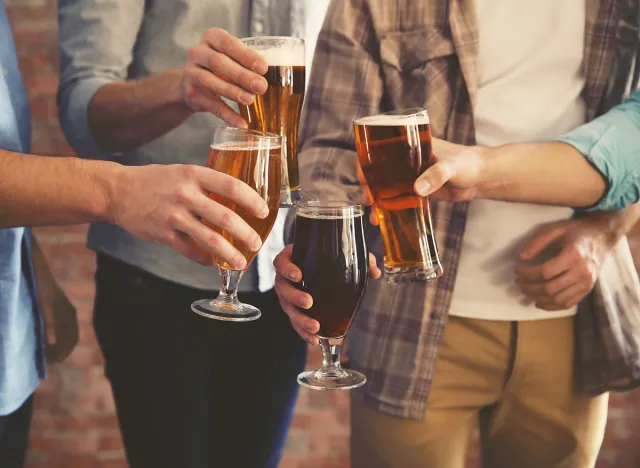
"Number two, avoid liquid calories such as sugary drinks, alcohol, soda, stuff like that instead of diet soda instead," he sas. "These are scientifically proven to be the easiest calories to cut out."
Track Your Food and Weight
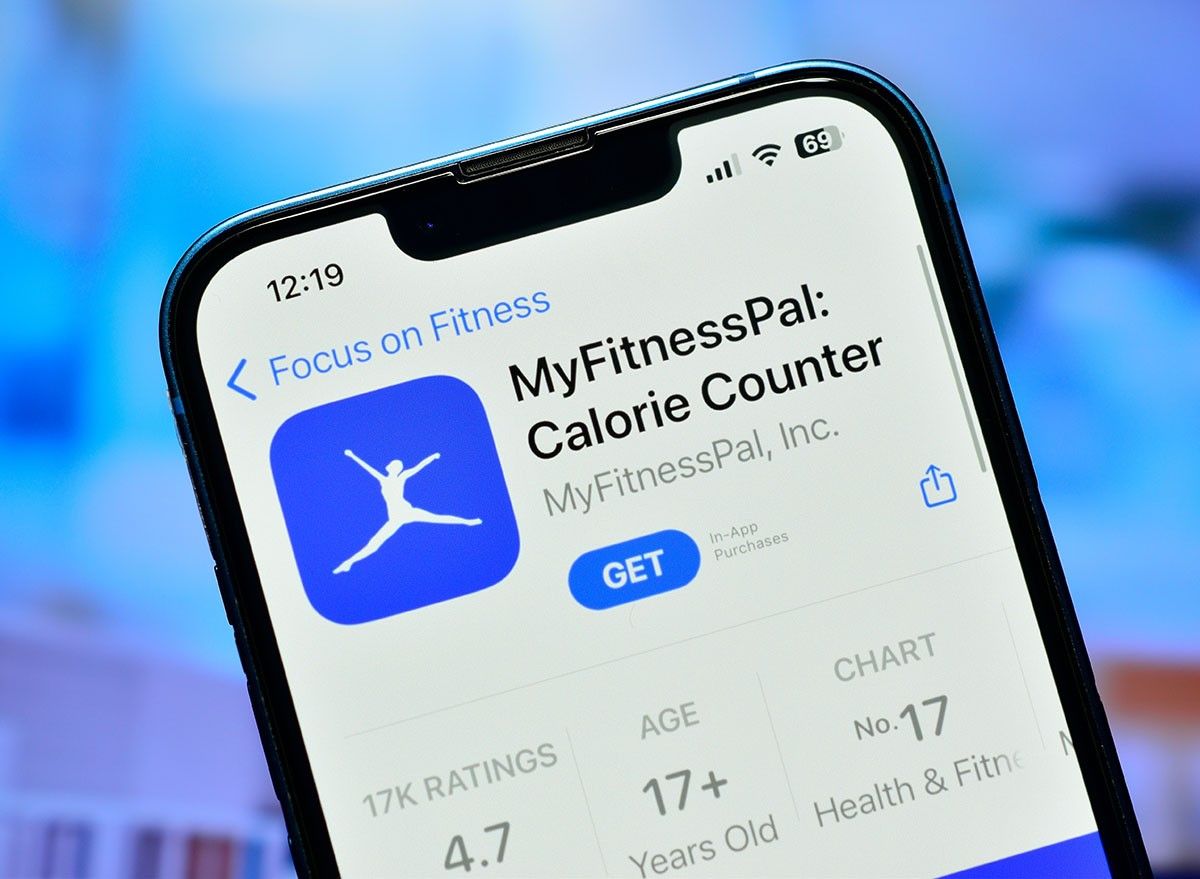
"Number three, start tracking your food and your weight," Blake recommends. "Taking all emotions out of this, your body is just a science fair project, so we're gonna be as scientific as possible about it. We gotta look at the numbers, baby."
Amp Up Your Protein Intake
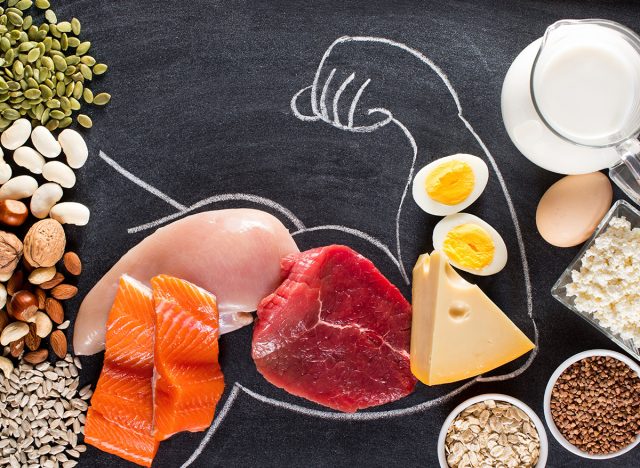
"Number four, eat high protein," says Blake. "The general rule of thumb is one gram protein per pound of body weight. So if your goal weight is 150 pounds, try to eat 150 grams of protein."
Take Progress Pictures
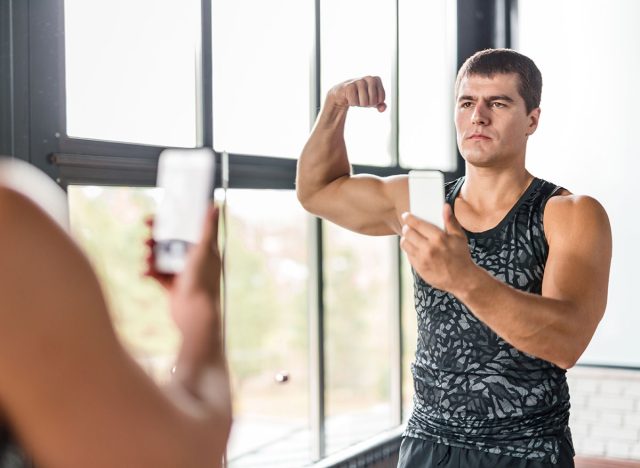
"Number five, take progress pictures. It is very tough to see changes when you're looking at yourself every single day. So go back and look at the first day," he says.
RELATED: 15 Quick Ways to Lose Body Fat Percentage in a Week
Amp Up Your Fiber Intake
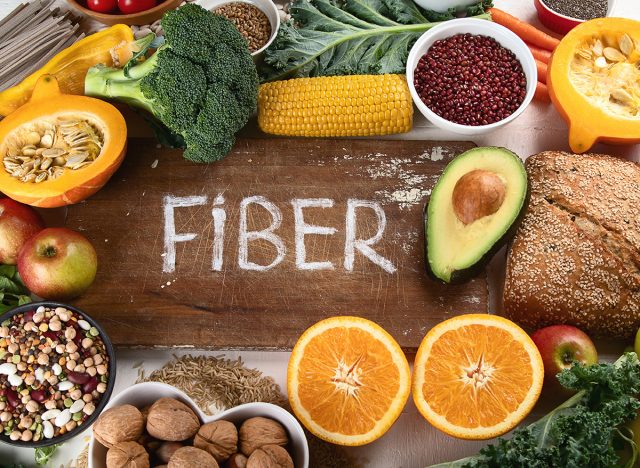
"Number six, eat more fiber. This is probably one of the most underrated macronutrients. It's not a macronutrient, but it is one of the most underrated things you can eat. It will not only keep you full, it'll improve your gut microbiome health, and it'll also keep you regular," he explains.
Set a Step Goal
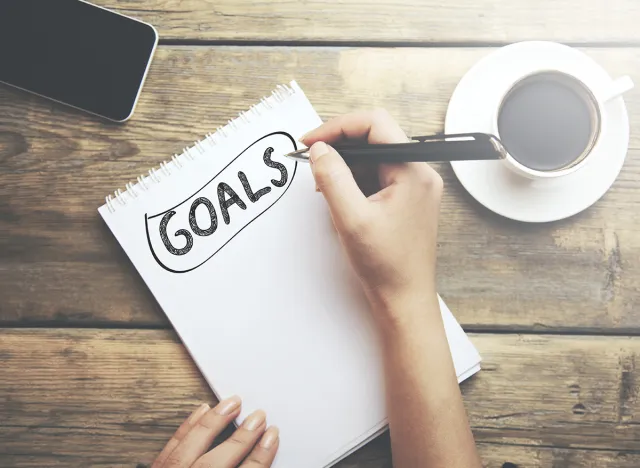
He also recommends getting your steps in. "Number seven, set a step goal, like 10,000 steps a day. These are incredibly easy calories to burn," he says.
RELATED: 12-3-30 Walking Method: 20 Proven Tips to Lose Weight Faster
Meal Prep
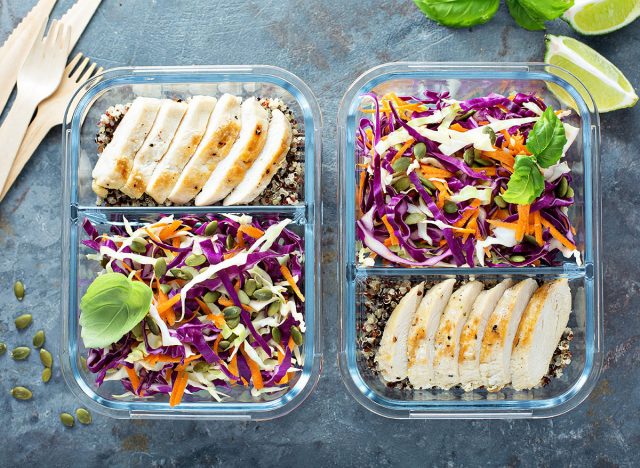
"Number eight, learn how to meal prep," he says. Preparing to fail is failing to prepare, something like that. So you wanna make sure you have macro friendly options at all times."
Identify Health Fast Food Orders
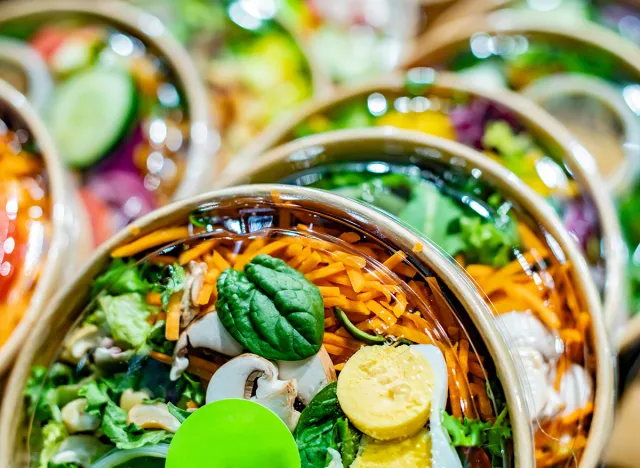
Blake also recommends having healthy meal options planned out ahead of time. "Number nine, find a high protein, low calorie, fast food order you can get whenever you're out of the house just in case," he says.
Find an Accountability Buddy
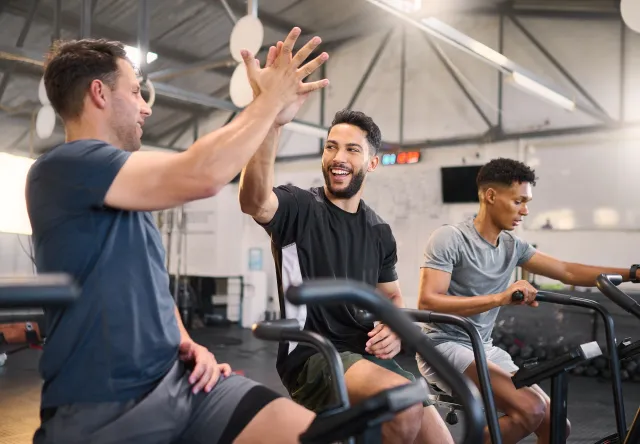
"And number 10, do it with someone," suggests Blake. "Find someone else to join you on your journey, someone to keep you accountable and go to the gym with you. It'll be a lot more fun and enjoyable."
RELATED: 15 Things to Know Before Requesting Ozempic for Weight Loss
Body Network's Expert Weighs In

"I love these tips," says Body Network's Resident RDN, Tara Collingwood, MS, RDN, CSSD, LD/N, ACSM-CPT, a Board Certified Sports Dietitian and co-author of the Flat Belly Cookbook for Dummies. "They are very doable and just making some of these small changes when combined together they can really produce results in loss of body fat but also getting more energy, feeling better overall, and reducing disease risk."
💪🔥Body Booster: If you want to lose weight, the most important thing to keep in mind is having a plan. If you wing it, you are less likely to succeed.
@thenutritionnarc10 weight loss tips♬ original sound – Blake | NARC





